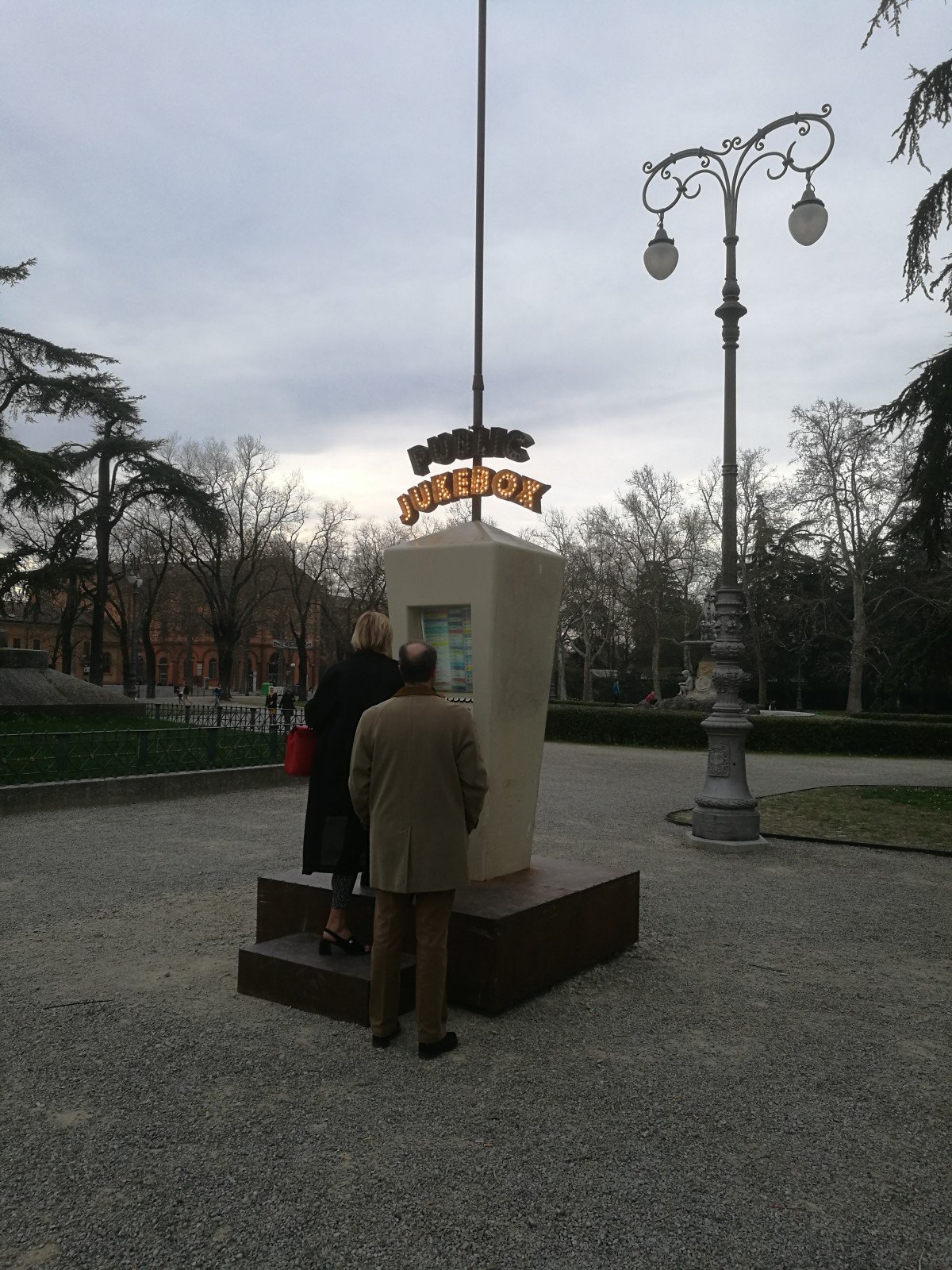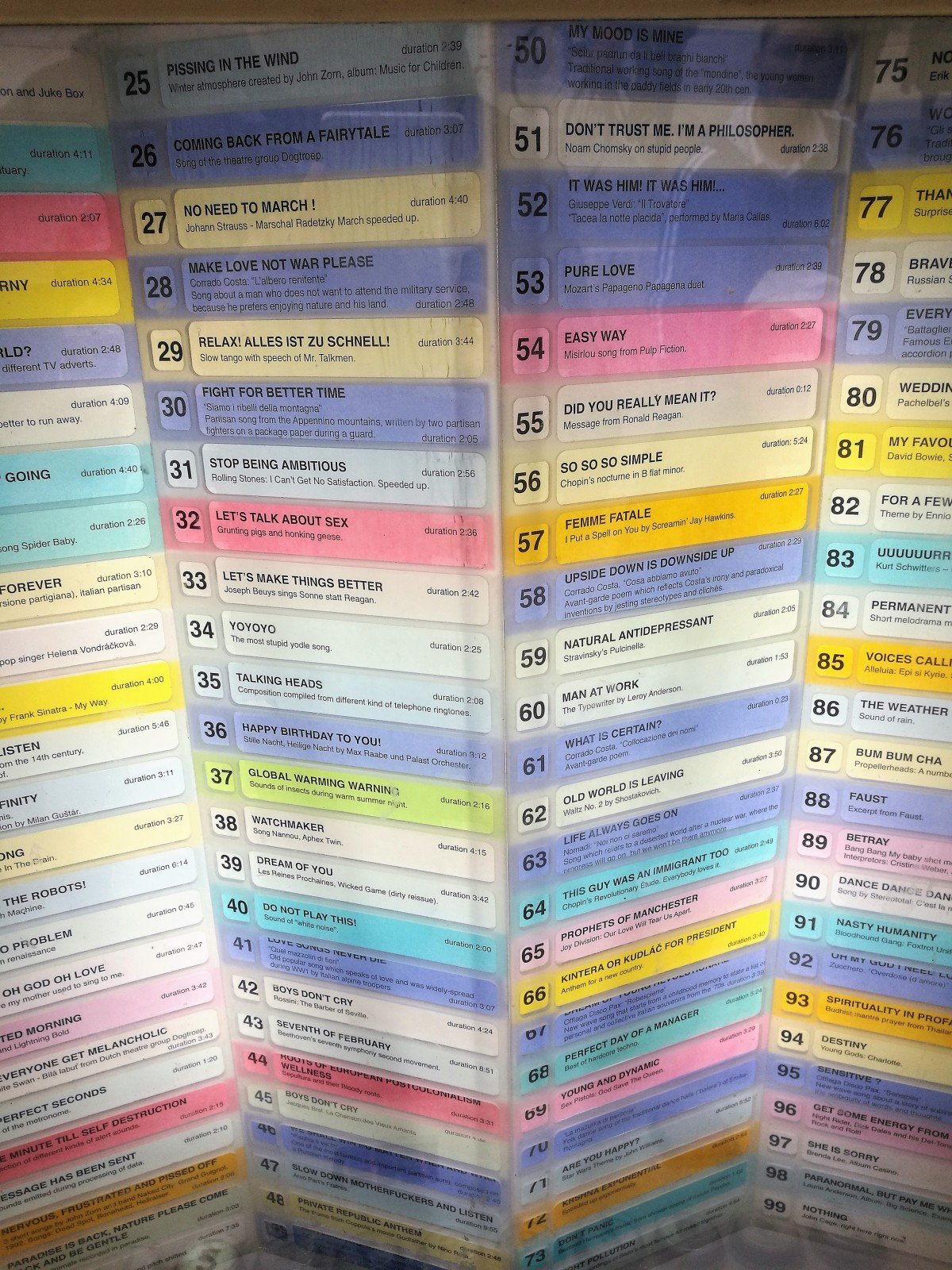Kristof Kintera and human’s monumental smallness
A show at Collezione Maramotti shed some light on the fascination of Kristof Kintera for representing human individualism and foolish ambitions.
Scientific knowledge, and particularly the way this knowledge describes natural phenomena, living beings, and energies, provides a breeding ground for Kristof Kintera’s metaphoric language and unique studio practice. We bumped into the work of this brilliant 43 year-old Polish artist only a couple of months ago, but since then his imaginary world became a reliable reference point for us, stubbornly addressing to those artists who still have faith in their own hands and practical skills. In this respect, moreover, main enlightening visual similarities can be found between Kristof Kintera and Anselm Kiefer, an artist that since the very beginning of his career has been looking for a way to represent the monumental smallness of the human being – which is clearly a pivotal art topic in this era of embarrassing economic inequality and brutal individualism. They share a similar penchant for hyper detailed objects and images, and in both cases the quality of details marks the difference between a mere metaphoric object and an effective work of art. They are both sort of ‘precision freaks’, as a notorious collector once told us.

But while details are for Kiefer only a feature of a larger figurative image, Kristof Kintera’s are self standing episodes in the service of potentially never ending conglomerations. While Kiefer is generating a landscape, a car, an aircraft, or a galaxy, generally in order to represent a cultural energy which is affecting the human being, Kristof Kintera seems to be interested in representing directly the same mysterious ‘fabric’ of which the ‘Elegant universe’ described by Brian Green in his bestseller book is made of, that is to say the secret of life. Flemish tapestries from the 15th century and hyper detailed oil painting from the same area may help the understanding of Kiefer’s art, but they seem to be useless for Kristof Kintera’s one. For this latter some contemporary scientific literature is indeed required.
It should not look like a model of architecture made by humans. It should be somehow a model of architecture made by bugs from technology leftovers inspired by people.

Let’s try to figure out the artist’s studio, once empty and then occupied by that magma he calls ‘technology leftovers’, hence stuff such as transistors, circuits, micro chips, electrical wires, resistors, etc. It probably looks like a shapeless mountain of useless elements, only good for being recycled. But at some point the artist and his studio get to work and slowly the chaos takes shape representing once again the very essence of any human labour… which at the end of the day is putting together what is separated, isn’t it? In the beautiful catalogue of Post Naturalia, its ambitious current show at Collezione Maramotti in Reggio Emilia (open until 30 July), it is written: ‘If I were Jeff Koons I would ask someone to do it. And it would be much faster, much more professional, but much colder perhaps… Or maybe the result would be kind of similar, but I have more fun and better feeling because I did not have just the idea, but I made it! This is how we do it. You are happy if you overcome the difficulties by yourself‘
Now stop please and ponder over for a moment how extraordinary that is. Forget about Kiefer and Koons, who may seem a little too slick to the art market experts, and put Kristof Kintera’s most ambitious carpets near a wall piece by El Anatsui, generally also made out of discarded materials meticulously assembled together in the artist’s studio (yes, probably Anatsui has recently become as market aware as Koons or Kiefer, but as a matter of fact he spent much of his life in Nigeria, while Kiefer is German and was a Joseph Beuys’ pupil in the Seventies). The extraordinary expressive strength of these pieces – and by proximity of all the many Sub Saharan and Eastern Africa artists who are able to properly deal with primitive figural called ‘repetition’ on a monumental scale – lies in being able to represent how human labour is both fragile and strong at the same time. We admire the final outcome and we are impressed by the amount of working hours needed to accomplish it, so we have the instinct of preserving this specific kind of beauty over time, as we would do with a lavish tapestry from the 15th century, with a precious illuminated manuscript, or also with the Egyptian pyramids. In this case working hours stand for human will – and of course the ability of putting together what was once separate, as we were saying.

And, as it happens, the problem of human labour has been getting more and more attention these days. Robotics seems to be rapidly advancing, and if some Governments are talking about providing their citizens with a minimum income it could mean that robots are expected to kill more jobs than they will create. The general consensus is that automation will make workers increasingly irrelevant, as robots and self-service machines replace many of the tasks currently performed by human employees. Probably that is one of the reasons why traditional techniques and hand-crafted pieces of art are so on fashion these days. Even Damien Hirst, who in the 1990s ascended to art heaven thanks to ready-made pieces made by artisans or studio assistants, now is trying to retake that heaven by a plethora of bronze sculptures he put on exhibition in the world’s most ‘traditional’ and preserved city, Venice.
Kristof Kintera is a sculptor, who uses unconventional materials and a quite specific cluster of information in order to question human beings’ ability to keep themselves at the centre of the artificial world they have been creating around themselves. Is this the starting point we are all looking for?
November 17, 2022
